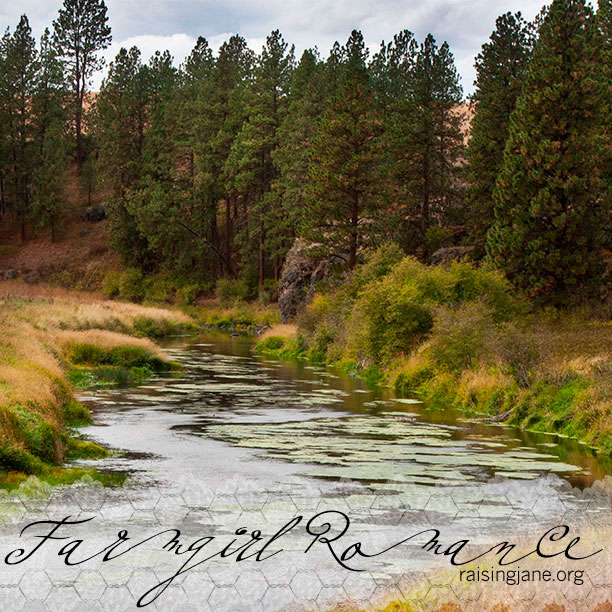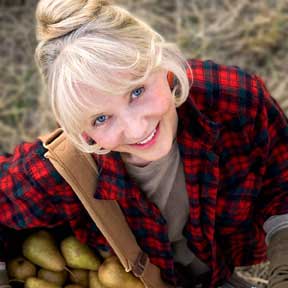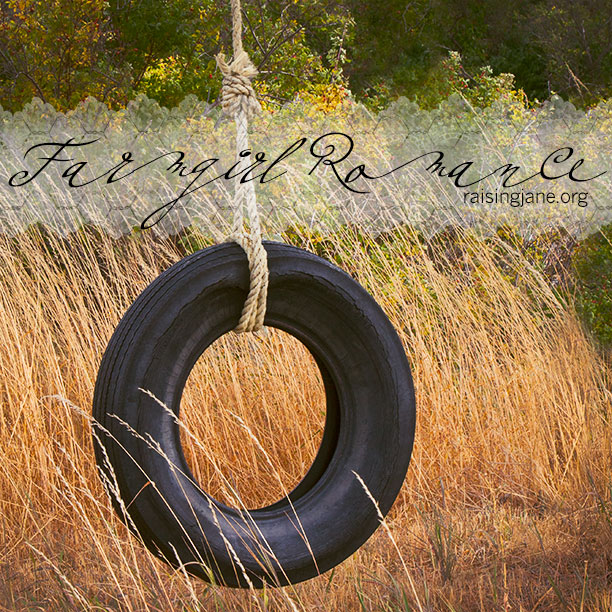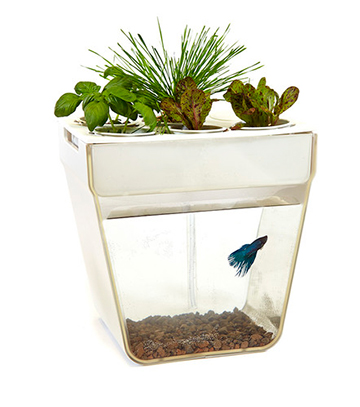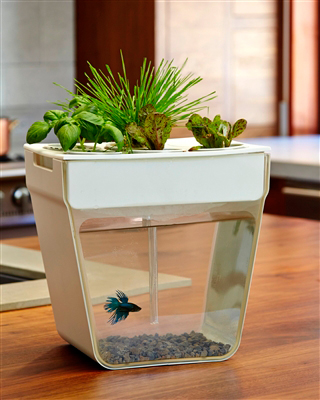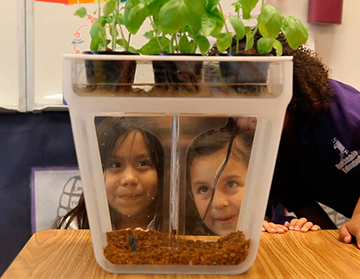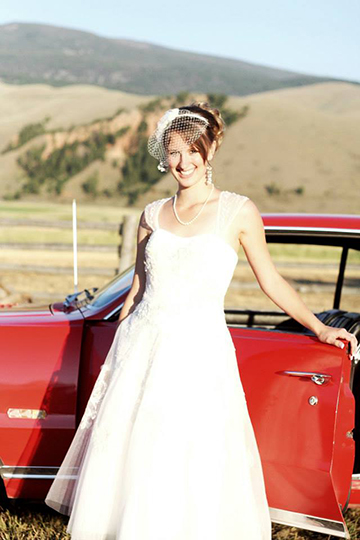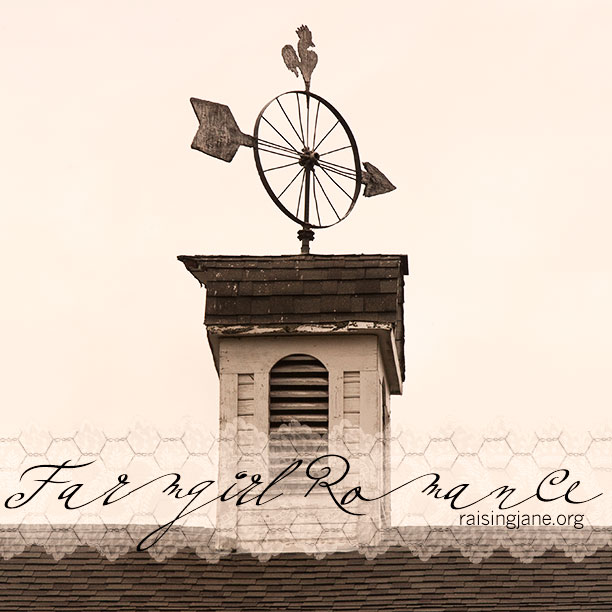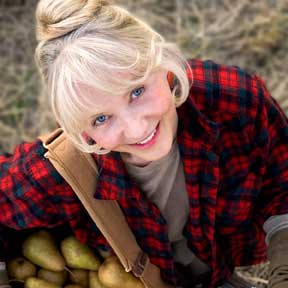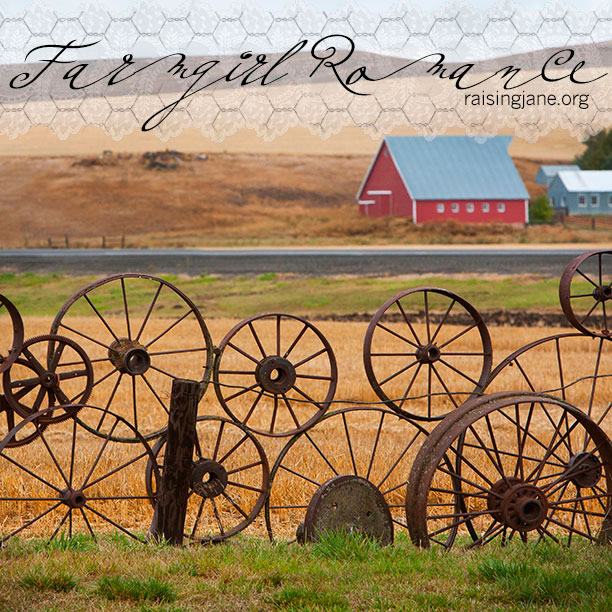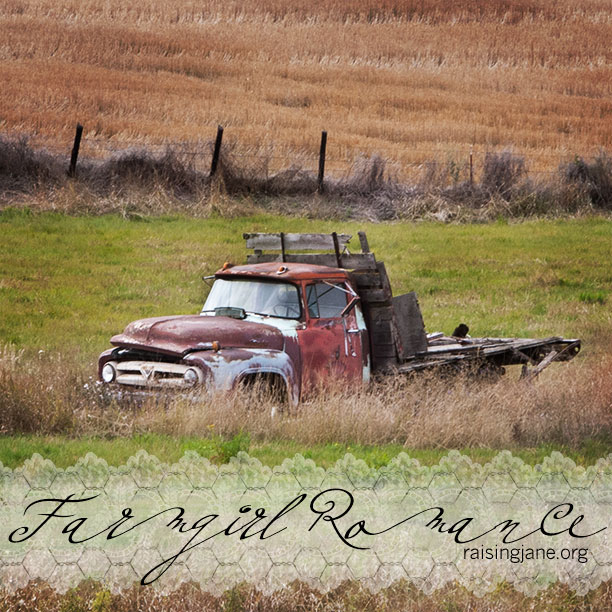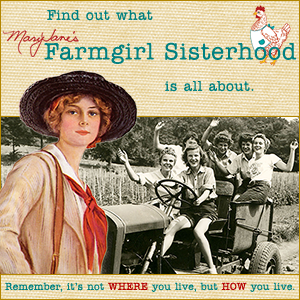Picture a library without card catalogs, shelves, reading chairs, or …
books?

Photo by Matl, CC-BY-SA-3.0, via Wikimedia Commons
What’s left to be called a “library”?
Denizens of the digital age will assure you that it’s all still there, only now it’s electronic.
(Of course, you’ll just have to imagine the academic ambience.)

Photo by Dr. Marcus Gossler, GFDL or CC-BY-SA-3.0, via Wikimedia Commons
The United States’ first futuristic facility of this kind recently opened to the public in Bexar County, Texas.

Photo by Xataka, CC-BY-SA-3.0, via Wikimedia Commons
It’s called the BiblioTech library, and it boasts about 10,000 free e-books, as well as audio books and e-readers. You can use your own reader, too, if you have the 3M Cloud Library app, which can be linked to your library card.
Yup, even a digital library still uses cards.
Lest you wonder if this is all just a figment of a cyber-savvy librarian’s fancy, the BiblioTech
(a play on “bibliothèque,” the French word for library)
actually does have a physical location, complete with 48 computer stations and meeting spaces (there are tables and chairs!).
Plus, patrons can still bring their kids for a real, live story time and take computer classes to catch up with the rapidly changing times.
Are you ready for a “virtual library” in your neck of the woods?
